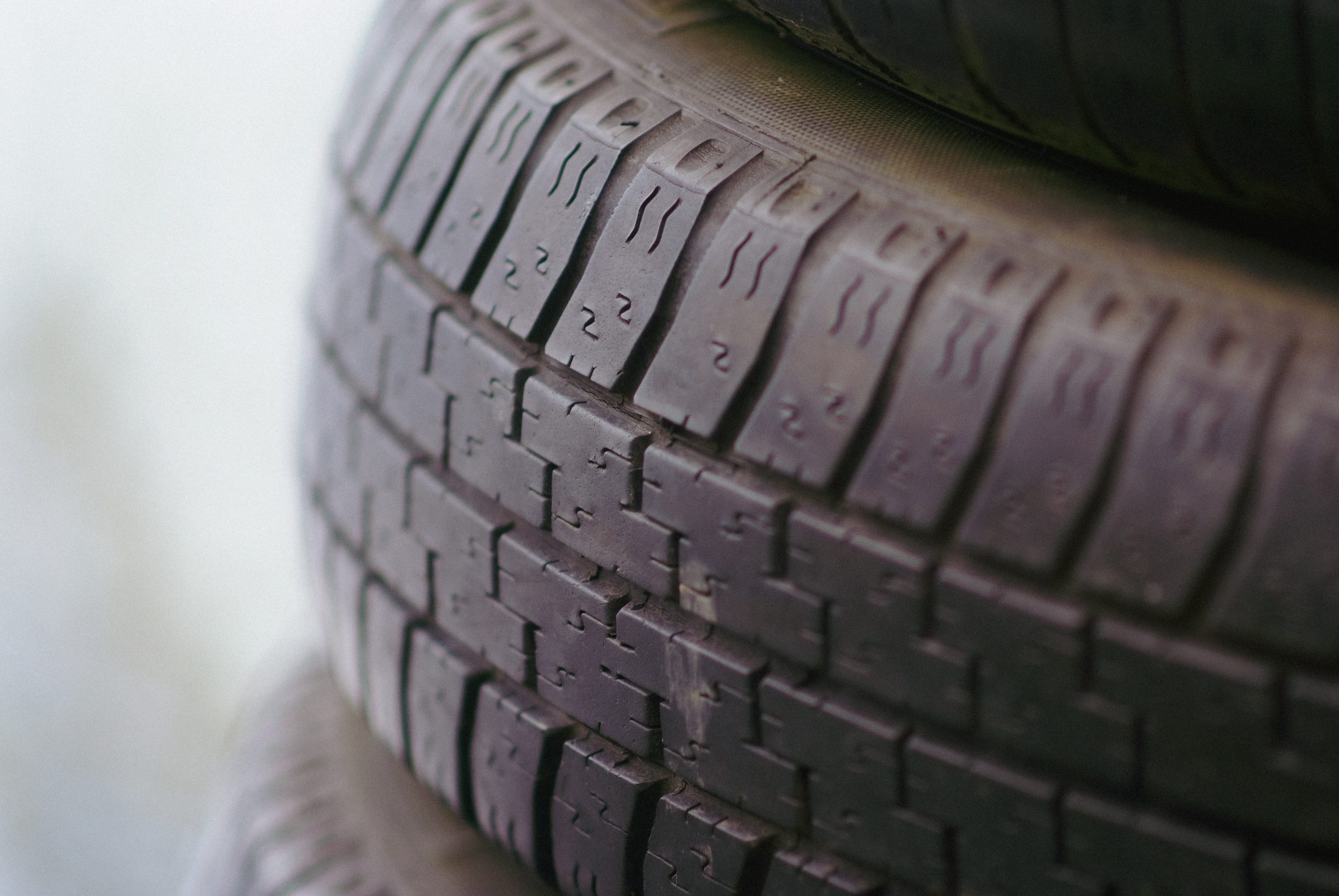All season tires
The operation of a car in most cases implies the need to change tires twice a year: from summer to winter and vice versa. Not all owners like it. The way out is to use all-season tires, which are produced by various tire manufacturers around the world.
Winter and summer tires differ in the shape of the tread and the composition of the rubber compound. The reason for this is the different performance requirements for seasonal skates. Winter tires should provide good elasticity and softness of the tread. Their pronounced blocks should perfectly row snow, and the use of spikes should ensure that control over the machine is maintained on slippery surfaces. Summer tires should easily tolerate heat, be silent, successfully resist hydroplaning and have low rolling resistance.
When creating all-season tires, developers strive to combine all of the above properties of rubber. It is impossible to do this completely, so you have to make compromises, worsening performance. Many leading manufacturers will improve their products. Despite this, no all-season tires can fully replace seasonal tires.
The most popular in the manufacture of all-season tires has an asymmetric tread pattern. This allows you to give the tire the performance required in winter and summer. The inner part of the tread usually has massive blocks. They confidently cling to the snow, preventing slippage. The second half of the tread is usually responsible for good handling on clean and wet pavement. It has a less pronounced tread pattern filled with drainage grooves.
When examining all-season tires, you can see the sign “M + S”. Pictograms mean “mud + snow”. Such symbols are often present on winter tires. Therefore, when choosing all-season tires, car owners are advised to give preference to slopes, which contain a large number of pictograms. You can also choose tires that have the inscription “All Season”.
Peculiarities
An attempt to combine the characteristics of summer and winter tires in one tire has led to the creation of slopes that do not tolerate too high or low temperatures. The all-weather season shows itself perfectly in the range from -10 to + 10 ° С. In severe frost, the rubber hardens and ceases to provide normal grip with the road surface. In the summer heat, the slope softens too much and the tread wears out at an accelerated pace.
Be especially careful with budget all-seasons. They can significantly impair driving safety. Tests of budget all-season tires on winter tracks often show results close to summer slopes.
The most popular are all-season tires, which are more designed for winter roads. When using them, the owners drive very comfortably and safely in urban conditions in regions with a mild climate. In summer, such tires wear out much faster, their consumption is slightly higher compared to seasonal tires.
Considerable success is enjoyed by all-weather tires designed more for summer and infrequent trips on cleared winter roads. Such slopes show themselves perfectly during rain, light snow and when traveling on country roads.
All-season tires for SUVs stand out as a special class. Its use is approved by almost all drivers. The main disadvantage of such tires is the increased rumble when driving on asphalt. The rest of the rubber shows good results.
Advantages of all season tires
The main advantage of all-season tires is that there is no need to have two sets, one of which needs to be stored somewhere. Summer or winter wheels removed from the car take up a lot of space. At the same time, it is forbidden to violate the storage condition, otherwise the rubber will become unusable by the beginning of the new season.
In regions with mild winters and high-quality public services, the use of seasonal winter tires is not always relevant. On clean asphalt with a slight frost, the all-weather often shows itself better. It makes less noise and saves fuel.
The absence of two sets allows you to save on tire fitting. Owners of seasonal tires have to “change the car” twice a year. In some cases, you also have to stand in line. The use of seasonal tires is especially expensive for drivers with only one set of wheels.

